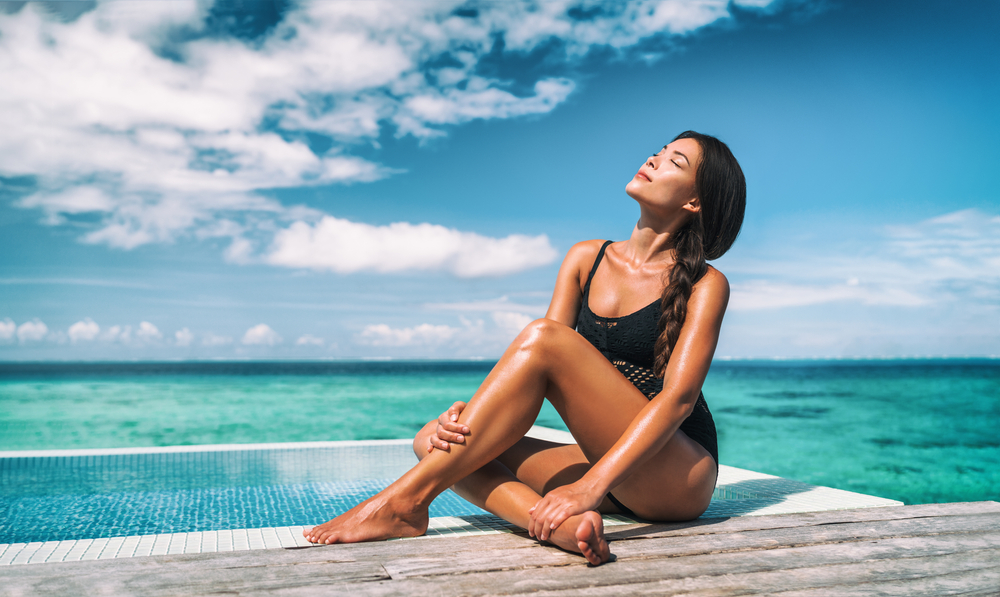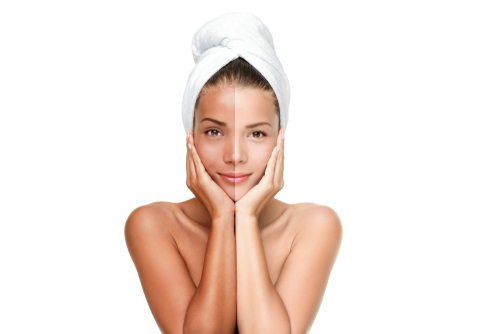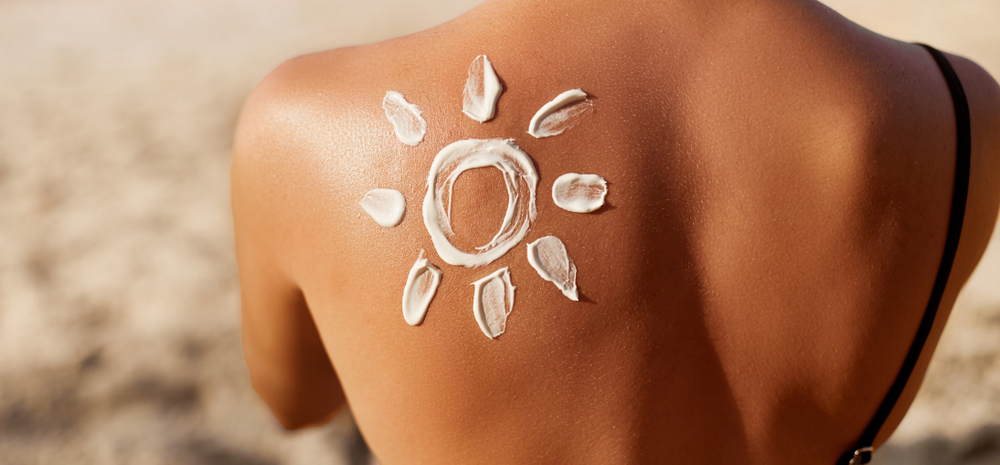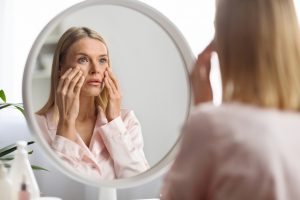As we age, our skin goes through changes that increase its vulnerability to the sun’s ultraviolet (UV) rays.
Achieving a tan safely requires careful consideration and effective protection to prevent sun damage and premature ageing.
Here are some practical strategies for enjoying a sun-kissed glow while safeguarding the health and resilience of ageing skin.
Understanding Aging Skin and Sun Exposure
As skin ages, there is a decrease in collagen and elastin production, which contributes to reduced elasticity and resilience. This, combined with prolonged exposure to the sun over time, can result in the development of wrinkles, fine lines, age spots, and an elevated susceptibility to skin cancer. Therefore, it is essential to adopt a sun-safe approach to tanning. Choosing the right tanning lotion for ageing skin from a company such as Gatineau is crucial for achieving a sun-kissed glow safely and effectively.
1. Choosing the Right Sunscreen
The cornerstone of sun protection is selecting a high-quality sunscreen. Look for a broad-spectrum sunscreen that has a sun protection factor (SPF) of at least 30 in order to shield your skin from both UVA and UVB rays. Look for products formulated for sensitive or ageing skin, as these tend to be gentler and are less likely to cause irritation.
2. Proper Application of Sunscreen
Apply sunscreen generously to all exposed areas of skin at least 15-30 minutes prior to going outdoors. Reapply every two hours (and immediately after swimming or sweating) to ensure continuous protection. Don’t forget commonly overlooked areas like the ears, neck, and tops of the feet.

3. Gradual Sun Exposure
Avoid prolonged sun exposure, especially during peak hours between 10 a.m. and 4 p.m. Instead, gradually increase your time in the sun, starting with short periods and building tolerance. This approach minimizes the risk of sunburn and allows your skin to produce melanin more safely.
4. Seek Shade
Whenever possible, seek shade under umbrellas, trees, or other structures. Shade provides additional protection against UV rays and reduces overall exposure. Combine shade with protective clothing and accessories like wide-brimmed hats and sunglasses for comprehensive coverage.
5. Consider Self-Tanning Products
Self-tanning products offer a safe alternative to UV exposure. Look for products containing dihydroxyacetone (DHA) – a colour additive that reacts with the outermost layer of skin to produce a temporary tan. These products provide a natural-looking glow without the harmful effects of UV radiation.

6. Hydration and Skin Care
Maintain optimal skin hydration levels by drinking plenty of water throughout the day. Well-hydrated skin is more resilient against sun damage and less likely to become dry or irritated after sun exposure. Additionally, use moisturizers and skincare products that replenish and protect ageing skin.
7. Medications and Sun Sensitivity
Be aware that certain medications can increase your skin’s sensitivity to sunlight (photosensitivity). If you’re taking medication with this side effect, consult your healthcare provider for advice on sun protection and safe sun exposure practices.
Conclusion
Achieving a tan on ageing skin requires a proactive approach that prioritizes sun safety and skin health. By following the advice in this article you can enjoy a sun-kissed appearance while protecting your skin from damage. Remember, taking care of your skin today ensures a healthier and more youthful complexion for years to come.
Is dyed hair more susceptible to sun damage? Trichologist explains all





